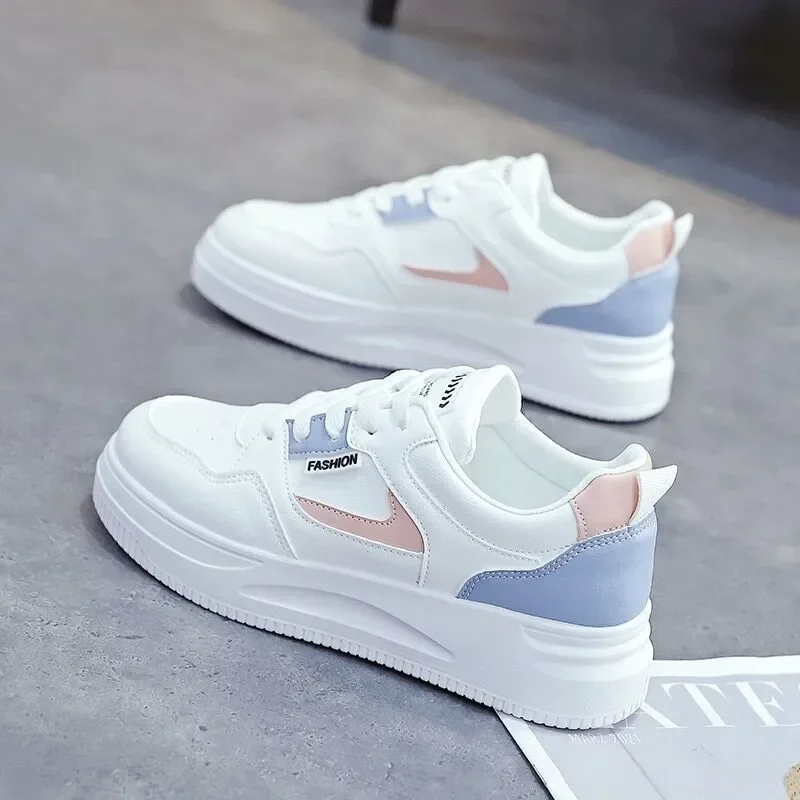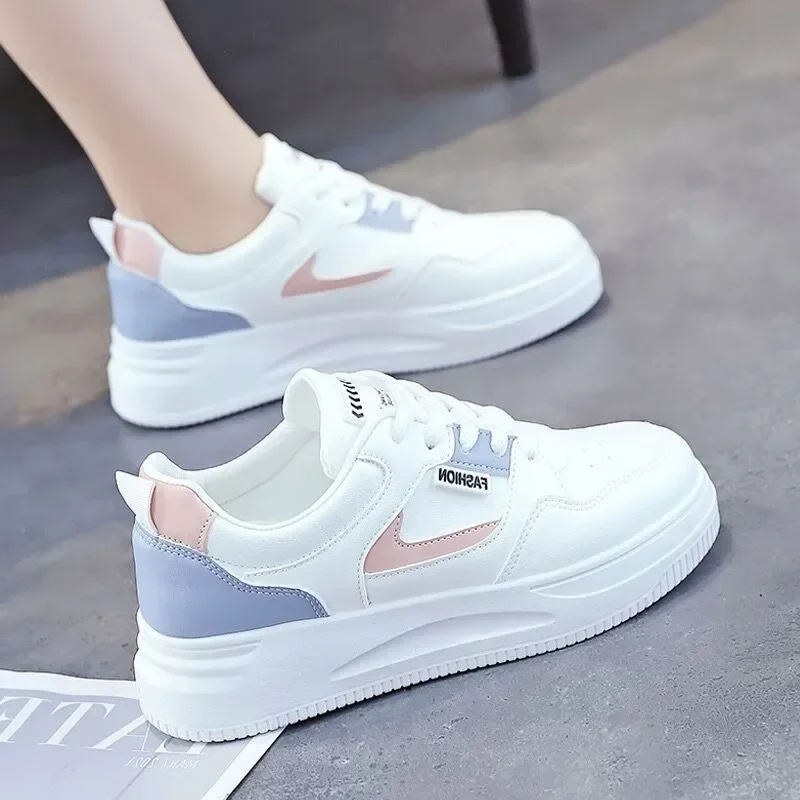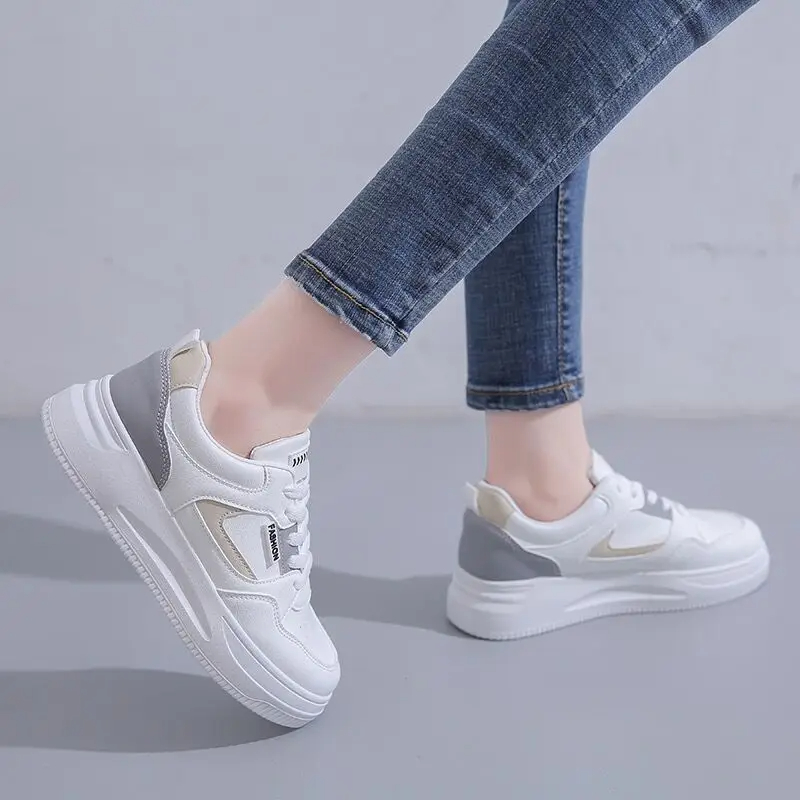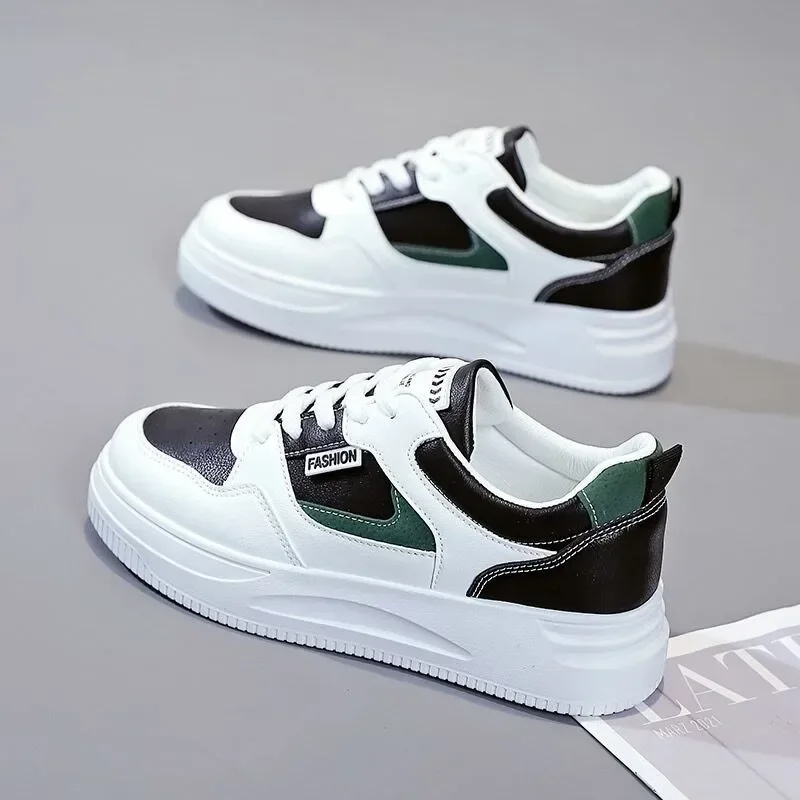In the exhilarating world of track and field, athletes rely on a combination of talent, training, and equipment to achieve peak performance. Among the essential gear for track and field events, women’s track shoes stand out as crucial tools that can make all the difference between victory and defeat. From sprinting to jumping and throwing, these specialized shoes are designed to provide athletes with the support, traction, and comfort they need to unleash their full potential on the track and in the field. Let’s explore the ins and outs of women’s track and field shoes, from their key features to tips on finding the perfect pair.

The Evolution of Women’s Track and Field Shoes: A Journey of Innovation
Women’s track and field shoes have come a long way since their inception, evolving from basic designs to high-tech marvels tailored to specific events. Historically, track shoes were simple leather or canvas sneakers with minimal cushioning and support. However, as athletic performance standards rose and technology advanced, manufacturers began incorporating innovative features to enhance performance and reduce injury risk.
- Sprint Spikes: For sprinters, speed is paramount, and sprint spikes are designed to maximize acceleration and traction. These lightweight shoes feature sharp spikes on the forefoot to grip the track surface, allowing sprinters to push off with explosive power. The upper is typically made of breathable materials like mesh to keep feet cool and dry during intense sprints.
- Middle-Distance Shoes: Athletes competing in middle-distance events, such as the 800m or 1500m, require a balance of speed and endurance. Middle-distance shoes are designed with cushioning and support to handle longer distances while still providing responsiveness for quick bursts of speed. These shoes often feature a combination of spike plates and cushioning technologies to optimize performance.
- Long-Distance Spikes: Long-distance runners tackling events like the 5000m or 10000m need shoes that can sustain comfort and support over extended periods. Long-distance spikes prioritize cushioning and lightweight construction, allowing runners to maintain a steady pace without sacrificing speed. The spike configuration is less aggressive compared to sprint spikes, focusing more on grip and stability.
- Jumping and Throwing Shoes: Field events such as long jump, triple jump, high jump, and throwing events require specialized footwear tailored to the unique demands of each discipline. Jumping shoes feature cushioning in the heel and forefoot to absorb impact during takeoff and landing, while throwing shoes have a sturdy, supportive design to handle rotational movements and provide a stable base.

Key Features to Look for in Women’s Track and Field Shoes
When choosing women’s track and field shoes, several key features should be considered to ensure optimal performance and comfort.
- Spike Type and Configuration: The type and configuration of spikes vary depending on the event. Sprint spikes typically have longer, sharper spikes for maximum traction, while middle-distance and long-distance spikes have shorter, more numerous spikes to balance grip and weight distribution. Field event shoes may have specialized spike plates or traction patterns designed for specific movements.
- Upper Material and Fit: The upper material of track shoes plays a crucial role in breathability, support, and fit. Look for shoes with lightweight, breathable materials such as mesh or synthetic overlays that provide a snug yet comfortable fit. A secure lockdown prevents slippage and ensures stability during movements.
- Cushioning and Responsiveness: Depending on the event’s demands, track shoes may feature varying levels of cushioning and responsiveness. Sprint spikes prioritize responsiveness and ground feel for explosive speed, while long-distance shoes emphasize cushioning and shock absorption for endurance. Choose shoes that offer the right balance of cushioning and responsiveness based on your event and running style.
- Support and Stability: Track and field events involve dynamic movements that require adequate support and stability. Look for shoes with features like midfoot straps, heel counters, and arch support to enhance stability and reduce the risk of injuries. A stable platform allows for efficient energy transfer and proper biomechanics during running, jumping, and throwing.
- Weight and Flexibility: Lightweight shoes contribute to faster times and greater agility on the track. Opt for shoes that strike a balance between lightweight construction and durability. Flexibility is also important, especially in sprint spikes and jumping shoes, as it allows for natural foot movements and optimal performance.

Finding the Perfect Fit: Tips for Trying and Testing Women’s Track Shoes
Finding the perfect pair of women’s track and field shoes involves more than just picking a stylish design. Follow these tips to ensure a proper fit and optimal performance:
- Consult with a Specialist: Visit a specialty sports store or consult with a knowledgeable salesperson to get expert advice on choosing the right track shoes for your event and running style. They can analyze your gait, foot type, and performance goals to recommend suitable options.
- Try Different Styles: Don’t hesitate to try on multiple styles and brands to compare fit, comfort, and performance features. Walk or jog around the store to assess how the shoes feel during movement and ensure they provide the necessary support and stability.
- Consider Customization: Some brands offer customization options for track spikes, allowing you to choose spike types, plate configurations, and cushioning preferences tailored to your needs. Customized shoes can provide a personalized fit and enhance performance on the track.
- Test on Track Surfaces: If possible, test your track shoes on the actual track surface or a similar terrain to evaluate traction, grip, and comfort. Pay attention to how the shoes perform during accelerations, turns, and landings to ensure they meet your performance expectations.
- Break Them In: Once you’ve selected your track shoes, gradually break them in during practice sessions to allow your feet to adjust to the fit and feel. Avoid using brand-new shoes in competitive events without proper breaking-in to prevent discomfort or blisters.

Conclusion: Unleash Your Potential with Women’s Track and Field Shoes
In conclusion, women’s track and field shoes are essential tools that empower athletes to push their limits and achieve greatness on the track and in the field. From sprint spikes to jumping shoes, each style is meticulously designed to meet the specific demands of different events while enhancing performance, comfort, and safety. By understanding key features, trying and testing different shoes, and prioritizing the perfect fit, athletes can unlock their full potential and unleash speed, precision, and agility with every stride, jump, and throw. So lace up your track shoes, hit the track with confidence, and let your talent shine as you chase victory and set new records in the thrilling world of track and field.
